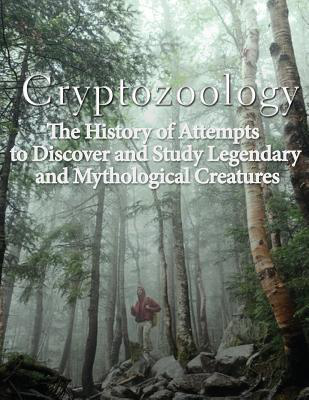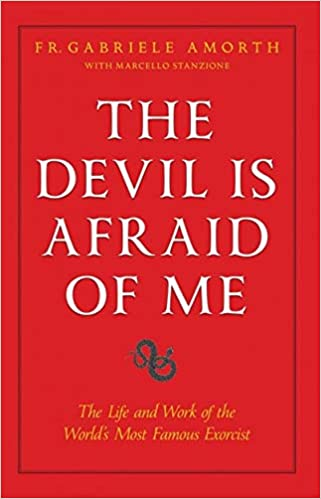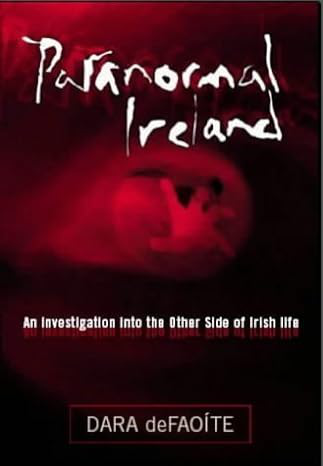Belief in Alien Visitation: From Fringe Theory to Mainstream Concern
Alien Life & UFO/UAPs
Wednesday 4th, September 2024
4 minute read.
The idea that aliens may have visited Earth is gaining significant traction, with a notable portion of the population increasingly convinced of extraterrestrial encounters. In the UK, about 20% of citizens believe that Earth has been visited by extraterrestrials, and an estimated 7% claim to have seen a UFO. In the US, belief is even more prevalent, with 34% of Americans considering UFO sightings as likely proof of alien life, up from 20% in 1996. Around 24% of Americans say they have personally seen a UFO.
This growing belief is paradoxical given the lack of evidence that extraterrestrial life exists. The vast distances between star systems, often spanning thousands of kilometres, make direct visitation unlikely. If aliens were to make contact, it would more plausibly come through signals from faraway planets rather than visits to Earth.
In a paper soon to be published in the Proceedings of the International Astronomical Union, it is argued that the belief in alien visitors is no longer just a harmless quirk but a widespread societal issue. This trend has reached a point where politicians, particularly in the US, are responding to public demand for transparency on Unidentified Anomalous Phenomena (UAPs). The Pentagon's disclosure of information regarding UAPs has attracted bipartisan interest, reflecting broader societal concerns.
These discussions are often entwined with anti-elite narratives, with some suggesting that the military and private entities are concealing the truth about alien visitation, including sightings, abductions, and the reverse-engineering of alien technology. Belief in a government cover-up is particularly high, a 2019 Gallup poll found that 68% of Americans believed “the US government knows more about UFOs than it is telling”.
This political phenomenon has roots dating back several decades. In 1976, Jimmy Carter promised to disclose documents on UFOs during his presidential campaign, a pledge made after his own reported UFO sighting, which was later explained as likely being the planet Venus. Similarly, Hillary Clinton suggested she would open Pentagon files “as much as I can” during her campaign against Donald Trump. Donald Trump, when asked about declassifying documents related to the so-called Roswell incident, where a UFO allegedly crashed and alien bodies were recovered, said he would “think about” it.
Former President Bill Clinton even sent his chief of staff, John Podesta, to Area 51, a highly classified US Air Force facility, in response to rumours about alien technology being stored there. Podesta is a long-time enthusiast of UFO phenomena.
Currently, the most prominent advocate for disclosure is Democratic Senate leader Chuck Schumer. His 2023 UAP disclosure bill, aimed at revealing some UAP records, was co-sponsored by three Republican senators. While the Pentagon has begun releasing information on UAPs during President Joe Biden’s term, no evidence of encounters has been found so far.
Despite the lack of substantive findings, the background noise persists, fuelling conspiracy theories that can undermine public trust in democratic institutions. Calls to storm Area 51, initially made in jest, now seem more ominous in the wake of events like the Capitol riot in 2021.
The persistent focus on UFOs and UAPs often overshadows legitimate scientific discussions about extraterrestrial life, such as the search for microbial life on other planets. Astrobiology, the scientific study of the possibility of life beyond Earth, struggles to compete with the far more sensationalised UFO narratives. For instance, the popular History channel on YouTube, which features shows like "Ancient Aliens", boasts ~13.8 million subscribers, while NASA’s astrobiology channel has only ~20,000.
Alien visitation theories have also intruded upon and distorted indigenous histories and mythologies. Alexander Kazantsev’s 1946 science fiction story "Explosion: The Story of a Hypothesis" reimagined the 1908 Tunguska meteorite event as a crash of an alien spacecraft, with the fictional lone survivor becoming a shaman among the Evenki people. Similar narratives have since conflated genuine indigenous stories with alien lore, often presenting them as hidden or suppressed histories.
Some believe that modern alien visitation narratives largely emerged not from indigenous communities, but from conspiracy theorists in mid-20th century Europe, who used them to explain the existence of ancient urban civilisations in places like South America. These narratives were later reinterpreted through the lens of 1960s counterculture, romanticising indigenous peoples as once possessing advanced technology, akin to the fictional nation of Wakanda from Marvel Comics.
The problem extends beyond indigenous communities, threatening a broader understanding of human history. Indigenous storytelling, such as tales about the Pleiades star cluster, is among the few remnants of prehistoric culture, with roots stretching back at least 50,000 years. However, these stories are often targeted by alien enthusiasts who co-opt and distort them, claiming alien origins or links to supposed extraterrestrial races like the "Pleiadeans", who are often depicted with Nordic features, far removed from the actual storytellers.
This growing belief is paradoxical given the lack of evidence that extraterrestrial life exists. The vast distances between star systems, often spanning thousands of kilometres, make direct visitation unlikely. If aliens were to make contact, it would more plausibly come through signals from faraway planets rather than visits to Earth.
In a paper soon to be published in the Proceedings of the International Astronomical Union, it is argued that the belief in alien visitors is no longer just a harmless quirk but a widespread societal issue. This trend has reached a point where politicians, particularly in the US, are responding to public demand for transparency on Unidentified Anomalous Phenomena (UAPs). The Pentagon's disclosure of information regarding UAPs has attracted bipartisan interest, reflecting broader societal concerns.
These discussions are often entwined with anti-elite narratives, with some suggesting that the military and private entities are concealing the truth about alien visitation, including sightings, abductions, and the reverse-engineering of alien technology. Belief in a government cover-up is particularly high, a 2019 Gallup poll found that 68% of Americans believed “the US government knows more about UFOs than it is telling”.
This political phenomenon has roots dating back several decades. In 1976, Jimmy Carter promised to disclose documents on UFOs during his presidential campaign, a pledge made after his own reported UFO sighting, which was later explained as likely being the planet Venus. Similarly, Hillary Clinton suggested she would open Pentagon files “as much as I can” during her campaign against Donald Trump. Donald Trump, when asked about declassifying documents related to the so-called Roswell incident, where a UFO allegedly crashed and alien bodies were recovered, said he would “think about” it.
Former President Bill Clinton even sent his chief of staff, John Podesta, to Area 51, a highly classified US Air Force facility, in response to rumours about alien technology being stored there. Podesta is a long-time enthusiast of UFO phenomena.
Currently, the most prominent advocate for disclosure is Democratic Senate leader Chuck Schumer. His 2023 UAP disclosure bill, aimed at revealing some UAP records, was co-sponsored by three Republican senators. While the Pentagon has begun releasing information on UAPs during President Joe Biden’s term, no evidence of encounters has been found so far.
Despite the lack of substantive findings, the background noise persists, fuelling conspiracy theories that can undermine public trust in democratic institutions. Calls to storm Area 51, initially made in jest, now seem more ominous in the wake of events like the Capitol riot in 2021.
The persistent focus on UFOs and UAPs often overshadows legitimate scientific discussions about extraterrestrial life, such as the search for microbial life on other planets. Astrobiology, the scientific study of the possibility of life beyond Earth, struggles to compete with the far more sensationalised UFO narratives. For instance, the popular History channel on YouTube, which features shows like "Ancient Aliens", boasts ~13.8 million subscribers, while NASA’s astrobiology channel has only ~20,000.
Alien visitation theories have also intruded upon and distorted indigenous histories and mythologies. Alexander Kazantsev’s 1946 science fiction story "Explosion: The Story of a Hypothesis" reimagined the 1908 Tunguska meteorite event as a crash of an alien spacecraft, with the fictional lone survivor becoming a shaman among the Evenki people. Similar narratives have since conflated genuine indigenous stories with alien lore, often presenting them as hidden or suppressed histories.
Some believe that modern alien visitation narratives largely emerged not from indigenous communities, but from conspiracy theorists in mid-20th century Europe, who used them to explain the existence of ancient urban civilisations in places like South America. These narratives were later reinterpreted through the lens of 1960s counterculture, romanticising indigenous peoples as once possessing advanced technology, akin to the fictional nation of Wakanda from Marvel Comics.
The problem extends beyond indigenous communities, threatening a broader understanding of human history. Indigenous storytelling, such as tales about the Pleiades star cluster, is among the few remnants of prehistoric culture, with roots stretching back at least 50,000 years. However, these stories are often targeted by alien enthusiasts who co-opt and distort them, claiming alien origins or links to supposed extraterrestrial races like the "Pleiadeans", who are often depicted with Nordic features, far removed from the actual storytellers.



